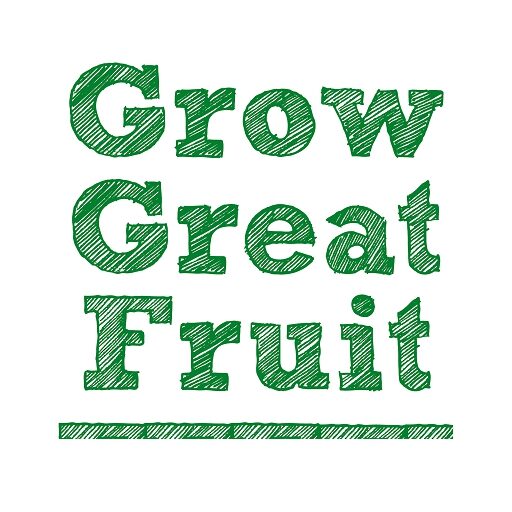Click on the variety/cultivar name below to open the full listing, or click here for detailed instructions on how to use the database
| Variety/Cultivar | Fruit Type | Fruit Description | Production Notes | Disease Susceptibility |
|---|---|---|---|---|
| Nordwunder | Cherry | Large, dark red cherry with long stem. Good flavour. | Moderate resistance to cracking | |
| Northern Spy | Apple | Red with green background | Grows in zones 4-9. Winter hardy, naturally vigorous variety. Can take some time to start bearing fruit. Can also be used as a rootstock for other varieties. Spur-bearer and partial tip bearer. | Resistant to woolly aphid, but generally poor resistance to disease. Moderately resistant to black spot (apple scab) |
| Nubiana | Plum | Japanese, medium, flattish plum, with deep purple skin and yellow flesh, juicy and reasonably sweet. Clingstone. | May be susceptible to bacterial spot in some seasons. | |
| O'Henry | Peach | Large fruit with red skin , over dark yellow background colour. Slightly tough skin, rich yellow flesh. Very sweet, aromatic. Freestone. | ||
| Opalescent | Apple | Lovely large bright red apple over a yellow background. Rich, subacid, sweet taste, cream coloured flesh, very crunchy. Fruit usually at least medium-size, more often large. Some people describe the fruit as having notes of other fruit such as strawberry or pineapple. Resembles "Twenty Ounce" of which it may be a sport. | Fruit ripens and hangs well on the tree. Likely to be mainly spur-bearing variety. | Moderately resistant to black spot (apple scab). Good general disease resistance. |
| Oregon Spur | Apple | Spur bearing | ||
| Orleans Reinette | Apple | Very resistant to black spot (apple scab) | ||
| Packham's Triumph | Pear | Pyrus communis, (European pear). The fruit is green and medium to large, oblong ovate-pyriform shape, with a long stem. As the fruit ripens it becomes a lemony yellow colour. Flesh is white and firm, becomes juicy, sweet and melting when the pears are ripe. | Very consistent cropper, a great pear for most gardens. Fruit should be picked green, when the seeds are brown, and then cold-stored for at least 2-3 weeks to ensure they ripen properly. They also will hang on the tree well. For commercial growers, storag | No known susceptibilities. |
| Palsteyn | Apricot | Medium to large, dark orange-yellow, firm orange flesh. Good flavour, slightly sour. Freestone. | ||
| Passe Crassane | Pear | Pyrus communis (European pear) | Resistant to mites, moderately susceptible to pear blast (Pseudomonas syringae), susceptible to black spot (pear scab) and fire blight. | |
| Patterson | Apricot | Firm, oval, pale orange, fair to good flavour, A popular apricot worldwide. | Trees tend to be heavy bearing and vigorous. USDA Hardiness Zones 5 to 9 | |
| Peacherine | Nectarine peach cross | Peacherine is a cross between a peach and a nectarine. Dark orangey-red skin that is much smoother than other peaches, but slightly coarser than most nectarines. Appearance and flesh is more nectarine-like than peach-like, but with less of a melting quality to the flesh - the texture is slightly different (and tends to be slightly less melting and juicy) than either peaches or nectarine. Freestone. | ||
| Peasgood's Nonsuch | Apple | Large pale yellow-green fruit that deepens to orange-yellow with short stripes of bright red and some russet patches. The flesh is tender, the flavour subacid. "One of the most beautiful apples grown .... first rate." Possibly the largest apple in cultivation. Extremely good, sweet, apple with slight acid. Flesh is highly aromatic, firm, crisp & juicy. | Tree is vigorous, spreading, and a good cropper. Spur bearing. Regular yields. Likes a warm climate. Keeps well for 2 months in storage. | Relatively disease resistant. Resistant to black spot (apple scab) and mildew. |
| Pershore Yellow Egg | Plum | European type. Small, yellowish-green egg-shaped plum. | This heritage plum is not known for being a nice eating plum off the tree, having little juice and a tart flavour. However they have excellent plum flavour, and come into their own when cooked. They're traditionally used for jam, pie fillings, chutneys, a | |
| Piet Cillie | Apricot | Small size, yellow-apricot, very juicy and sweet. Freestone. | Apricots need frost protection, particularly at blossom time. | Apricots are generally susceptible to blossom blight. |
